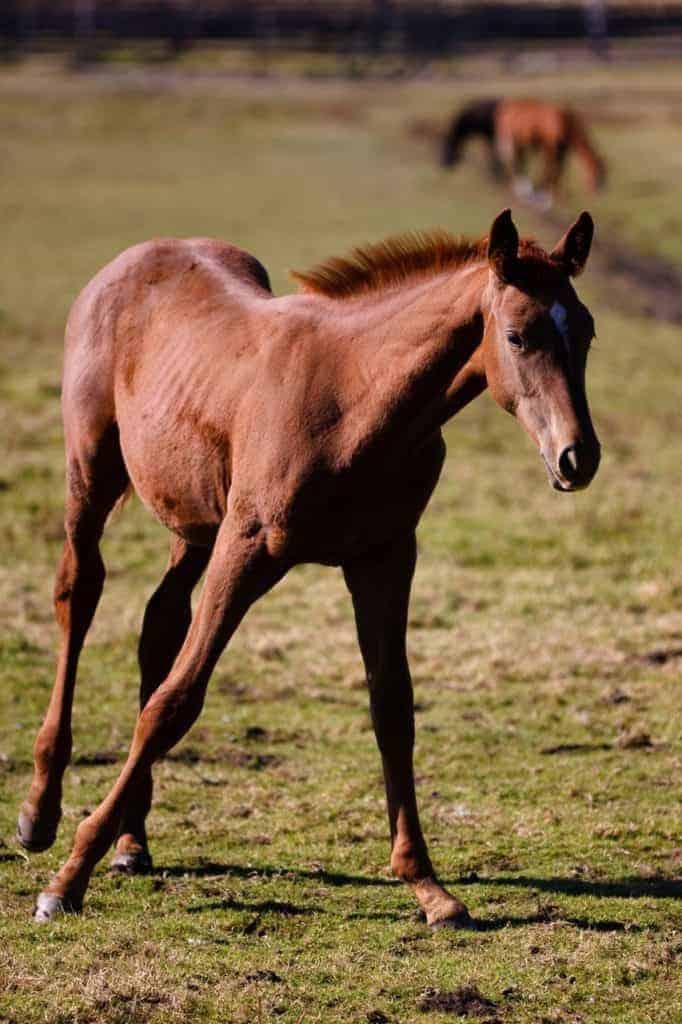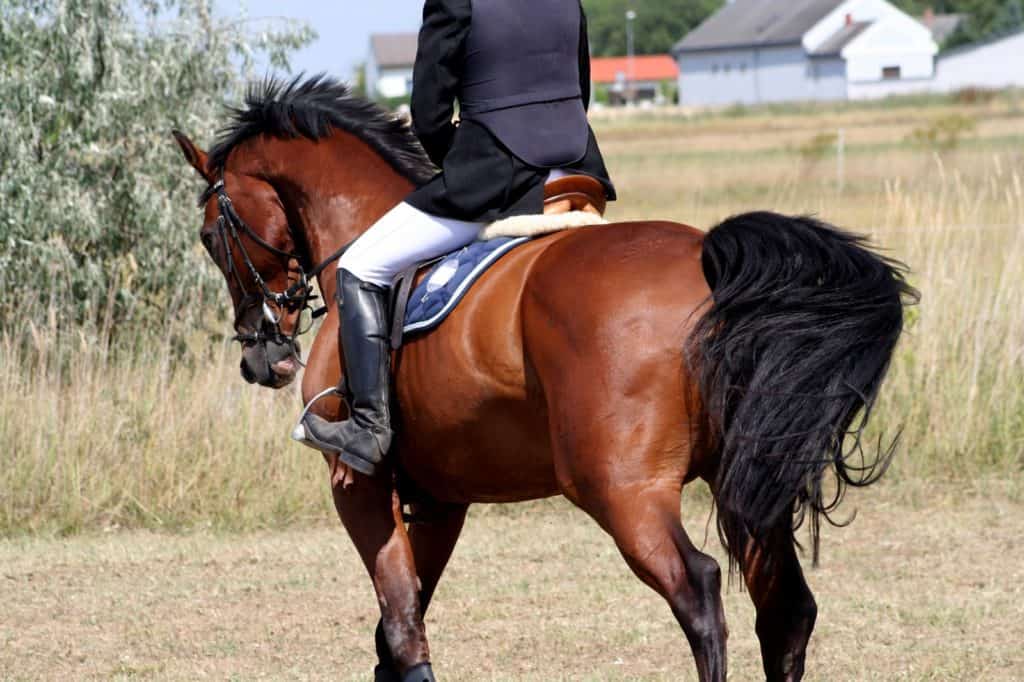New BEVA President Appointed
Paul Jepson, BVSc MSc MRCVS, has been appointed as new BEVA president for 2013-14.
Paul Jepson, BVSc MSc MRCVS, has been appointed as new BEVA president for 2013-14.

Regardless of the vast collection of new discoveries and technologies available, a veterinarian’s time-tested knowledge and experience are still what determine arrival at the best diagnosis and treatment outcome.

Many wobbler cases can be managed successfully thanks to increased appreciation by owners and veterinarians.

Very little evidence-based information currently exists on reasons and rates of elimination from competition.

Bone fractures in horses, whether catastrophic or microscopic, heal through a complex sequence of events.

Geriatric horses often suffer tendon and ligament injuries for reasons unique to their age group.

Researchers found that clinical signs of cannon bone fractures in sport horses and racehorses were similar.

One researcher evaluated pharmacologic methods of osteoarthritis management and recent pain control advances.

Exercising foals helps condition articular cartilage and delay future joint disorders, one veterinarian says.

Topical cisplatin chemotherapy yielded promising results for treating canker in a small trial.

Neurologic signs, weakness, gait changes, and forelimb lameness can all point to an equine neck condition.

While equine skull fractures are unsightly and alarming, surgeons can often repair them successfully.

Arena maintenance changes the surface’s properties, which in turn alters horses’ movement patterns.

Respiratory diseases at boarding barns present unique challenges for veterinarians, owners, and farm managers.

British researchers learned that saddle slip could indicate subtle or low-grade hind-limb lameness.
The forum will help share information between those involved with the health and welfare of working equids.
Stay on top of the most recent Horse Health news with
Notifications